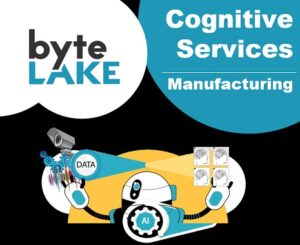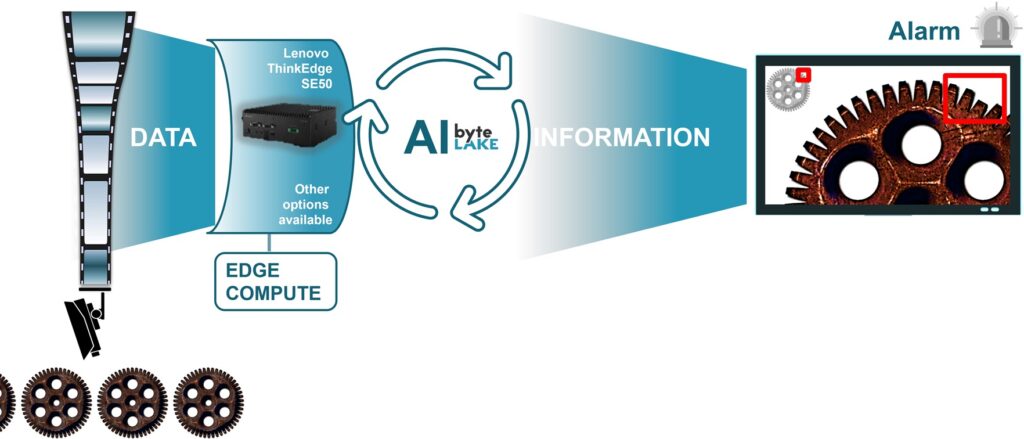Visual Inspection
Employ image analytics for precise visual inspection of processes, parts, components, and products, ensuring impeccable quality control and minimizing errors.
Automated visual inspection & objects recognition
- scratches
- cracks
- dents
- wrong color
- paint chips/peeling
- wrong shape
- fractures
- count objects
- read and analyze labels
- monitor production processes and visually detect anomalies
- etc.
Key Features & Benefits
- Visual Inspection
Inspection of products, parts, components, and more.
Continuous process monitoring for quality assurance. - Data Insights
Facilitating predictive maintenance to prevent unexpected downtimes.
Identifying and mitigating risks proactively.
Optimizing manufacturing operations through data-driven insights.
Discovering dependencies within your production processes. - High-Quality Standards Assurance
Ensuring adherence to stringent quality standards throughout production. - Real-time Alerts
Providing instant notifications for critical issues, enabling swift action. - Enhanced Efficiency
Streamlining operations and reducing waste through data-driven optimization. - Customization and Scalability
Tailoring AI models to your specific manufacturing needs.
Scaling the solution as your production demands grow.
Visit byteLAKE.com/en/CognitiveServices and contact CognitiveServices@byteLAKE.com to learn more.
- Plan your AI project here.

Downloads:
Cognitive Services for Industries (tech brief)
AI-assisted Visual Inspections and Faster Data Analytics (Solution Brief)
Cognitive Services for Industries (brochure)
Benchmarks:
Performance benchmark (Intel® CPUs & GPUs 2024)
(soon)
Cognitive Services (max performance with Intel® CPUs)
Cognitive Services (max performance with OpenVINO™)
Follow this project:
AI for Industries
(blog post series)

